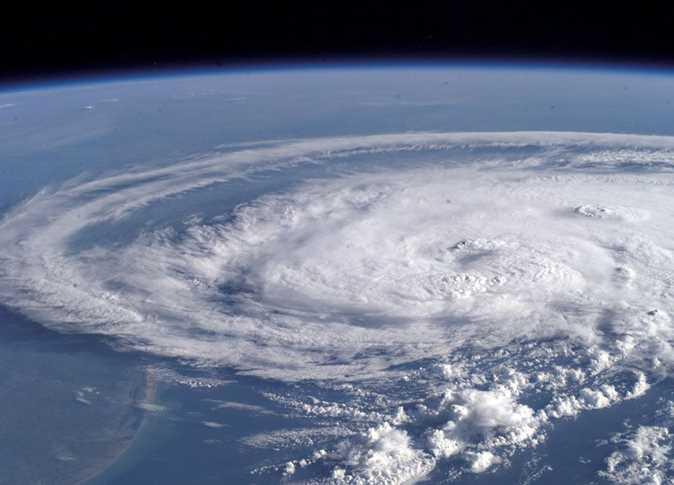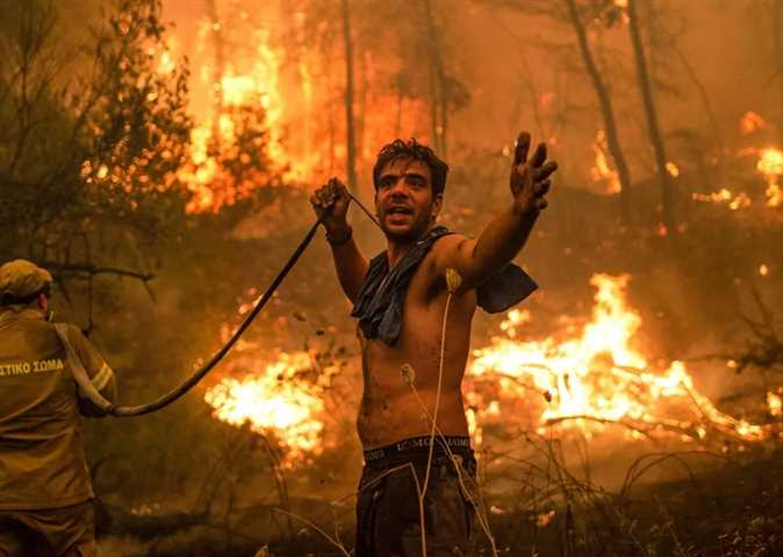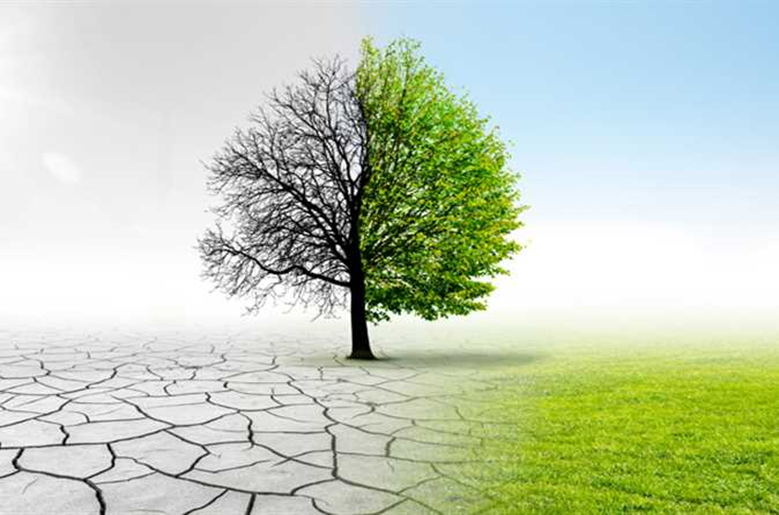?What is the "El Niño" phenomenon that may be the cause of the high temperatures

The records of the European Copernicus Service specialized in monitoring climate change revealed that the beginning of this June witnessed the highest average global temperatures ever for this period of the year, indicating that exceeding the previous record rates by a “significant difference” may be caused by the “El Nino” weather phenomenon. What do we know about her?
International warnings launched by the United Nations regarding the occurrence of the “El Nino” phenomenon during the year 2023, which is a climatic phenomenon that leads to a record increase in temperatures around the world, and it is a phenomenon that may lead to a new peak of global warming and its occurrence will be repeated every several years.
El Niño phenomenon
“El Niño” occurs naturally and leads to an abnormal rise in sea surface temperature in the central and eastern tropical Pacific Ocean, according to the World Food Organization (FAO), explaining that it occurs once every 2-7 years, and can occur every 18 months. .
The phenomenon leads to climatic extremism through the occurrence of severe tropical rains in some regions of the world, and on the other hand, the scarcity of rain in other parts of the world, while “FAO” indicates that “El Niño” can cause heavy rains, floods, or very hot or cold weather. It can also lead to outbreaks of animal diseases, both zoonotic and foodborne, as well as plant pests and forest fires.

Increasing forest fires are one of the manifestations of global climate change - archive photo
The last time this phenomenon occurred was in 2015-2016, and 2015 was the hottest year ever due to the effects of climate change and the El Niño phenomenon, and it rose to other record levels in early 2016, as this record rise in temperatures led to environmental impacts, as well. Numerous carbon-release disasters, including forest and land fires in Indonesia and the destruction of billions of trees due to drought in the Amazon region, have affected more than 60 million people in about 23 countries.
According to the World Meteorological Organization, El Niño is associated with warm, dry conditions in the southern and eastern interior of Australia, as well as Indonesia, the Philippines, Malaysia and central Pacific islands such as Fiji, Tonga and Papua New Guinea.
During the summer in the northern hemisphere, the Indian monsoon generally tends to be lower than normal, and in the winter it is usually drier than normal conditions in southeast Africa and northern Brazil.

Climate change crisis - archive photo
Wetter-than-normal conditions affect along the Gulf Coast of the United States, the western coast of tropical South America (Colombia, Ecuador, and Peru), and from southern Brazil to central Argentina, and parts of eastern Africa (Kenya and Uganda) typically see higher-than-normal precipitation.
El Niño is associated with milder winters in northwestern Canada and Alaska due to fewer rushes of cold air from the Arctic - the result of a wide area of low pressure centered in the Gulf of Alaska/North Pacific Ocean, according to the World Meteorological Organization.

Areas affected by the "El Nino" phenomenon, according to the "FAO"
El Nino phenomenon 2023
Today, the United Nations warned that there is a strong possibility that the “El Niño” weather phenomenon will form this year, which may push temperatures to new record levels, and the head of the World Meteorological Organization, Petteri Talas, said, “The formation of El Niño will likely lead to a new peak.” climate warming and increases the possibility of recording record temperatures.
He pointed out that there is an 80% chance of this climatic phenomenon forming by the end of next September.
It is expected that the El Nino phenomenon, which will affect the globe during the second half of 2023, will lead to wetter and rainier conditions in the regions of East Africa and the countries of the Near East of Asia, and on the contrary, drier conditions will generally affect West Africa, South Africa, India and Southeast. Asia, Australia, and northern regions of South America and Central America.
Countries at risk of dry conditions in 2023 are Australia, Brazil, South Africa and all major grain producers and exporters, as well as a group of other countries in Central and West Africa, Southeast Asia and the Caribbean, according to FAO estimates. Conversely, heavy rains will affect On Argentina, Turkey and the United States of America, as well as for countries in Central Asia.
Source : websites

